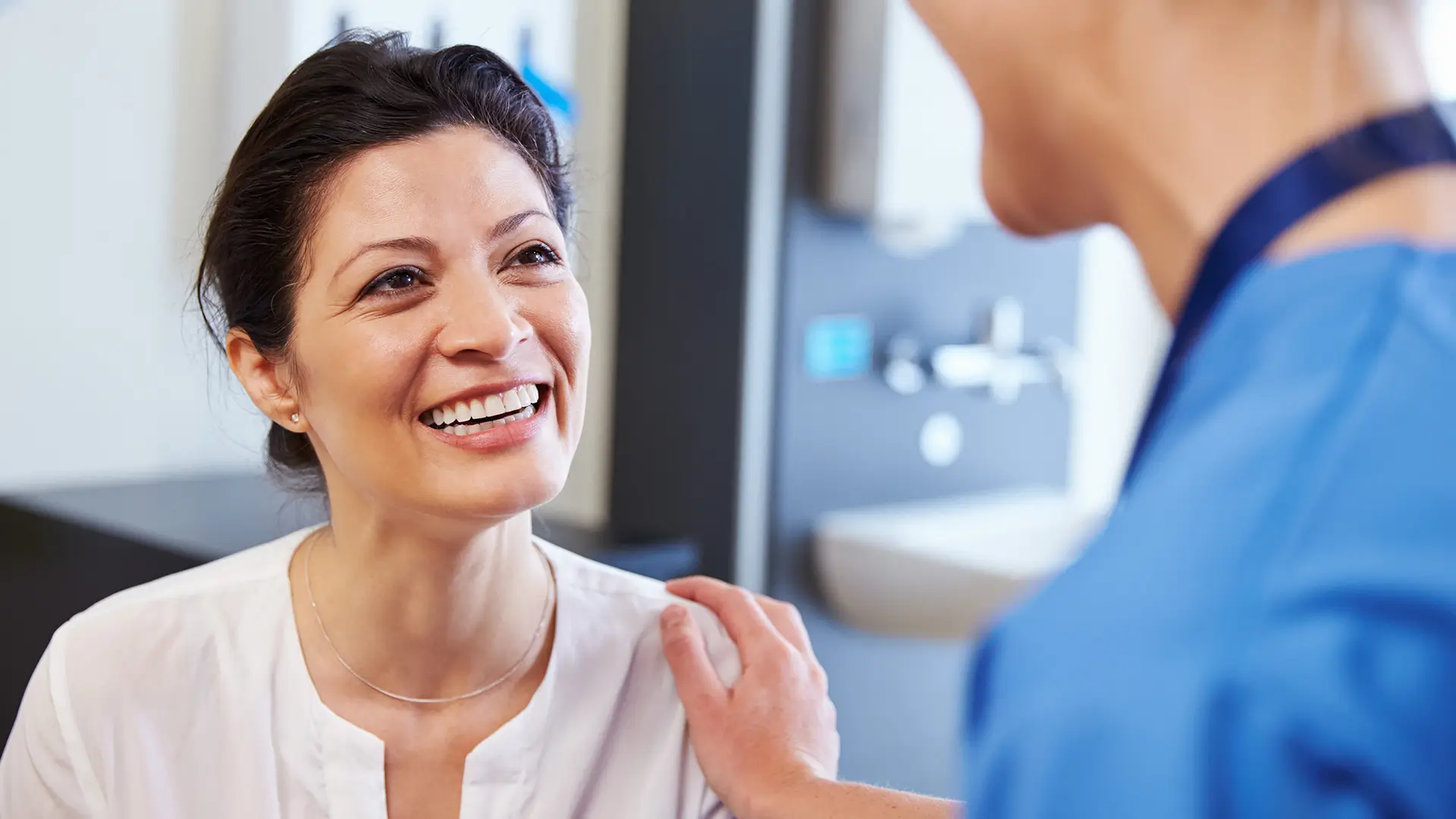
- 0 Comments
- PRMA Plastic Surgery
DIEP flap breast reconstruction uses the patient’s lower abdominal tissue to recreate a breast after mastectomy. Unlike the TRAM flap, the DIEP flap does not remove or damage any abdominal muscles—only skin and fat are used.
Many patients have enough lower abdominal tissue to reconstruct both breasts. However, even thinner patients with less tissue can still qualify for a DIEP flap; in such cases, all available tissue is used to reconstruct one breast.
If more tissue is needed to reconstruct both breasts, a stacked DIEP flap can be performed. This technique combines all available lower abdominal tissue to reconstruct one breast, ensuring the necessary volume. Alternatively, a reconstructive plastic surgeon can collect tissue from another area of the body to build the second breast.
Other breast reconstruction options include:
- Inner thigh (TUG/VUG flap)
- Outer thigh (LTP/ALT flap)
- Buttocks (GAP flap)
- Back (Latissimus flap)
- Fat grafting
What Makes a Stacked DIEP Flap Different From a Traditional DIEP Flap?
A stacked DIEP flap differs from a traditional DIEP flap surgery by providing more tissue for reconstruction when a standard DIEP isn’t enough. While a conventional DIEP uses skin and fat from the lower abdomen to reconstruct one or both breasts, a stacked DIEP combines all available abdominal tissue to create a single breast.
This technique is ideal for women needing more volume or those with limited abdominal tissue. It offers a tailored solution for achieving natural, balanced results.
Stacked DIEP Flap vs. Other Breast Reconstruction Options
The stacked DIEP flap stands out as a choice for breast reconstruction due to its ability to provide natural results without sacrificing muscle. It also helps preserve core strength, minimizing recovery time and long-term physical impact.
In contrast, other options like TUG/VUG flaps (the inner thigh) and GAP flaps (the buttocks) involve using tissue from smaller areas of the body, which may limit the amount of volume available and require longer recovery times. Latissimus flaps (the back) use muscle in addition to skin and fat, which can result in a more invasive procedure and potential muscle weakness in the donor area.
Benefits of a Stacked DIEP Flap for Breast Reconstruction
The stacked DIEP flap offers several key advantages, making it a popular choice for breast reconstruction. One of the primary benefits is improved breast volume. Using all available lower abdominal tissue provides more tissue, which is especially beneficial for women who need to reconstruct a single breast or achieve fuller results.
Another significant advantage is the natural look and feel of the reconstructed breast. Since the procedure uses the patient’s tissue, the result is a soft, natural breast that mimics the look and feel of the original. This approach also eliminates concerns about implant-related complications.
The stacked DIEP flap is also suitable for thinner patients who may have less abdominal tissue to work with. Ultimately, this technique ensures that women with various body types can achieve aesthetically pleasing, personalized results.
Factors to Consider Before Choosing a Stacked DIEP Flap
The stacked DIEP flap is ideal for women with sufficient lower abdominal tissue to reconstruct a breast, including those with thinner body types. Patients with previous abdominal surgeries can also be candidates, though the surgeon will first assess tissue quality.
During the procedure, skin and fat from the lower abdomen are used to reconstruct the breast, preserving abdominal muscles to maintain core strength. The tissue is reshaped and reattached to blood vessels in the chest. While this offers natural results, the surgery involves abdominal scarring, typically low on the abdomen, and the recovery time can be extensive.
Choosing this option depends on your body, reconstruction needs, and goals. Consulting with an experienced surgeon will help determine if the stacked DIEP flap is right for you.
Which Patients Can Benefit From A Stacked Diep?
In some situations, the required amount of lower tummy tissue to reconstruct the breast cannot be transplanted to the chest as a single flap. For example, the patient may have a midline abdominal scar from previous surgery or may be too thin.
In these cases, all the lower abdominal tissue can be transplanted as two separate flaps, which are then reconnected to the chest using microsurgery to create one breast. The flaps are stacked or folded one on top of the other to create the required breast shape and volume. This approach is known as a stacked DIEP flap procedure.
For some patients, particularly those without a preexisting midline abdominal scar, the two flaps can remain connected and transplanted as one large flap with two sources of blood flow. This is called a bilateral conjoined DIEP flap.
Stacked DIEP Flap Success Stories from PRMA Patients
Content – Incorporate patient testimonials or success stories to build trust and provide real-life examples of outcomes.
Ready to Explore Your Stacked DIEP Flap Options? Contact PRMA Today!
If you’re considering a Stacked DIEP flap for breast reconstruction, our expert team at PRMA is here to help guide you through every step of the process. Reach out today to schedule a consultation and discover how this advanced technique can help you achieve your desired results with natural-looking, long-lasting outcomes. We’re here to support you on your journey to renewal and confidence.

